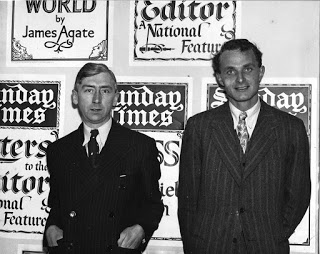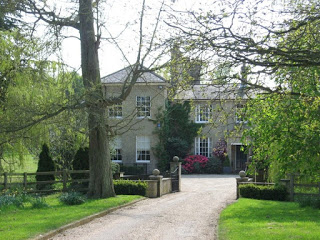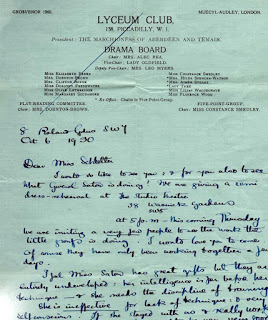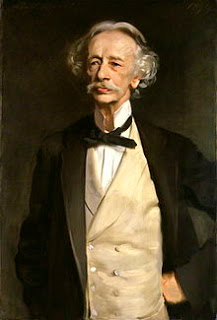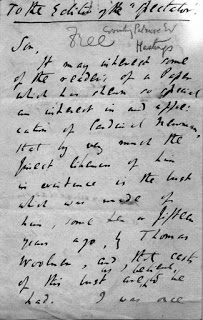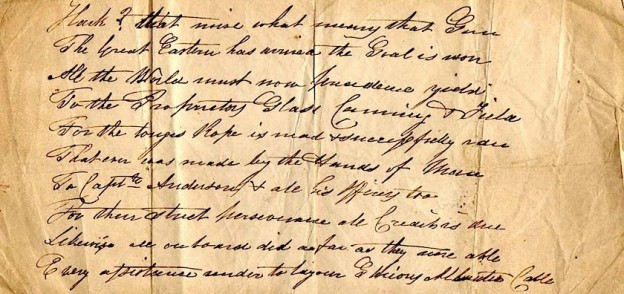 Found - a 1967 Corgi paperback Love, love, love: the new love poetry. It was edited by Pete Roche the subject of a recent jot where he wrote disparagingly of the Cavern Club (1964). Three years later in the height of the Hippie era we find him editing this attractive book with psychedelic covers by Haphash and the Coloured Coat. His introduction celebrates the revival of 'live' poetry - which is still going strong. There follows a poem by him, other contributors included Adrian Henri, Adrian Mitchell, Roger McGough, Carlyle Reedy, Libby Houston, Spike Hawkins, Brian Patten...
Found - a 1967 Corgi paperback Love, love, love: the new love poetry. It was edited by Pete Roche the subject of a recent jot where he wrote disparagingly of the Cavern Club (1964). Three years later in the height of the Hippie era we find him editing this attractive book with psychedelic covers by Haphash and the Coloured Coat. His introduction celebrates the revival of 'live' poetry - which is still going strong. There follows a poem by him, other contributors included Adrian Henri, Adrian Mitchell, Roger McGough, Carlyle Reedy, Libby Houston, Spike Hawkins, Brian Patten...
… the recent increase in the popularity of poetry readings, particularly among younger people. The success in this respect of the Liverpool poets (all of whom are included here) and of what has been called The Great Liverpool Experiment have already been well documented. But this new interest in oral poetry is by no means confined to Merseyside: the readings organised by Tom Pickard in Newcastle, by Alan Jackson in Edinburgh, by Mike Horovitz and Pete Brown in London and the growing number of readings in other towns and cities throughout the country - all bear witness to the increasing demand for living poetry, poetry that talks to people in the direct and comprehensible way. It is no coincidence that virtually all of the poets in this book, when discussing their work, are quick to stress the value of these live performances.
And it is this quite novel situation - young poets reading their work to predominantly young audiences - that is giving the poetry of the mid-sixties its distinctive character, is investing it (whatever faults in technique one may find in individual poems) with a vigour and a feeling for the realities of life that have been absent from English poetry for too long.
Continue reading









